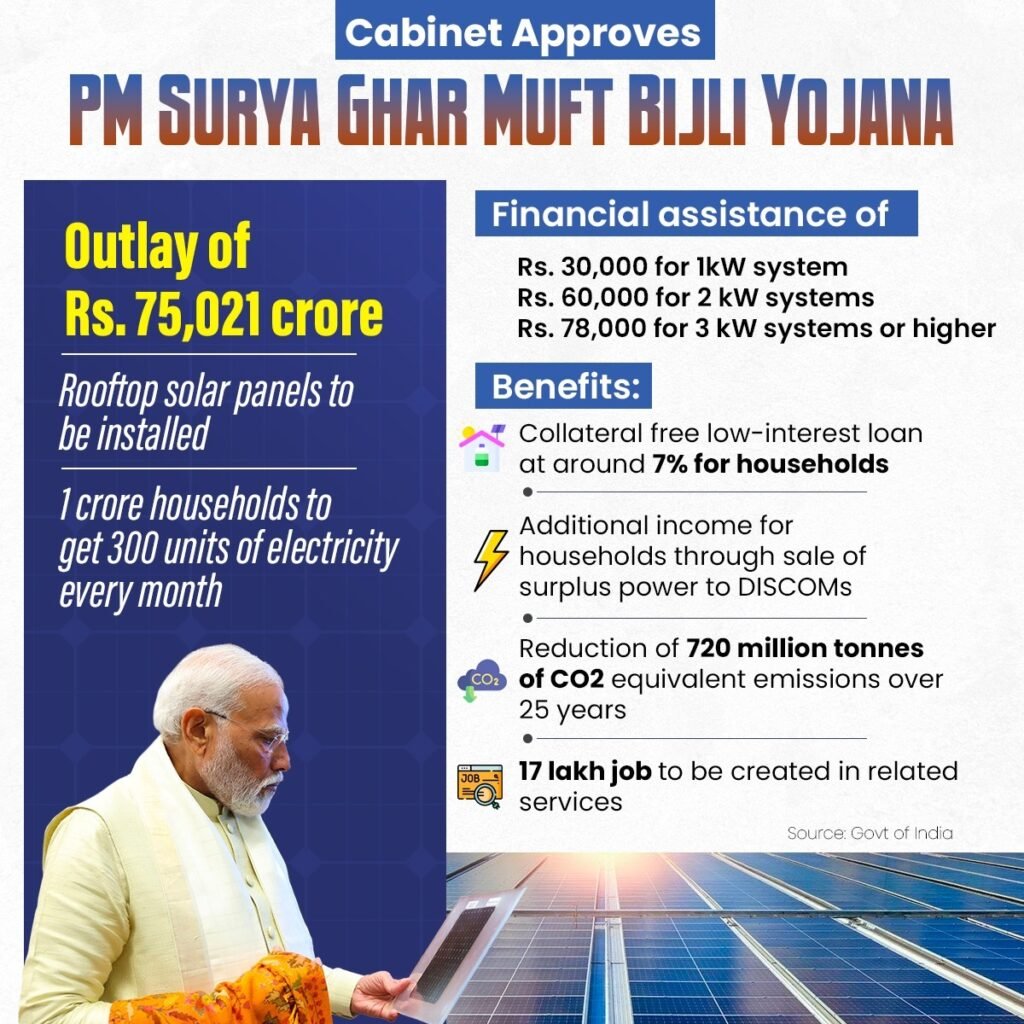The Ministry of New and Renewable Energy (MNRE) has allocated a significant ₹10 billion to boost rooftop solar adoption through local bodies. This fund is part of the PM Surya Ghar: Muft Bijli Yojana, aiming to install solar systems in 10 million homes by 2026.

While the scheme’s ambition is commendable, execution is lagging. The government expects local bodies to spearhead the initiative, but bureaucracy might hinder progress.
District Level Committees, headed by District Magistrates, will oversee local body efforts. This layer of bureaucracy could slow down decision-making. Additionally, the requirement for local bodies to upload account details on a national portal adds another bureaucratic hurdle.
The June release of operational guidelines for the residential component is a positive step, but implementation challenges loom large. The scheme’s success hinges on efficient fund disbursement and local body engagement.

Can the government streamline processes, empower local bodies, and accelerate rooftop solar adoption? Time will tell. India’s clean energy goals depend on it.
The scheme holds immense potential but requires immediate attention to bureaucratic bottlenecks. Swift action is crucial to unlock the scheme’s full potential and contribute to India’s renewable energy targets.
Reference- Mercom India, MNRE website, PM Surya Ghar: Muft Bijli Yojana webstie, Economic Times






